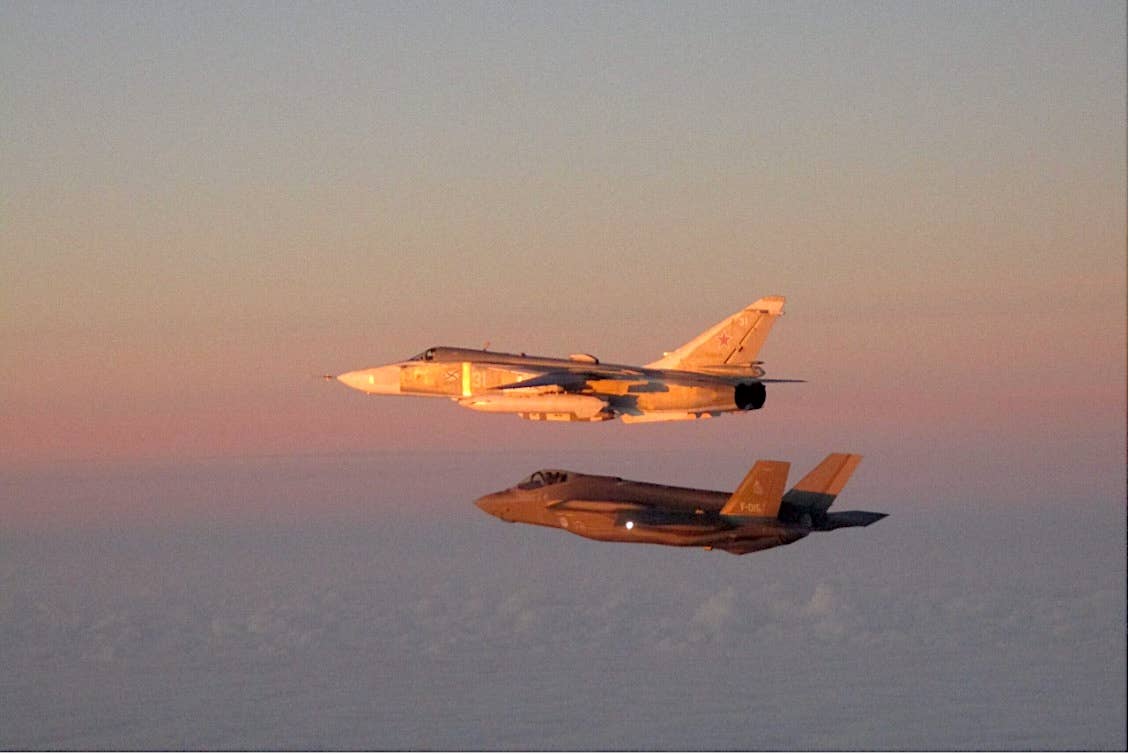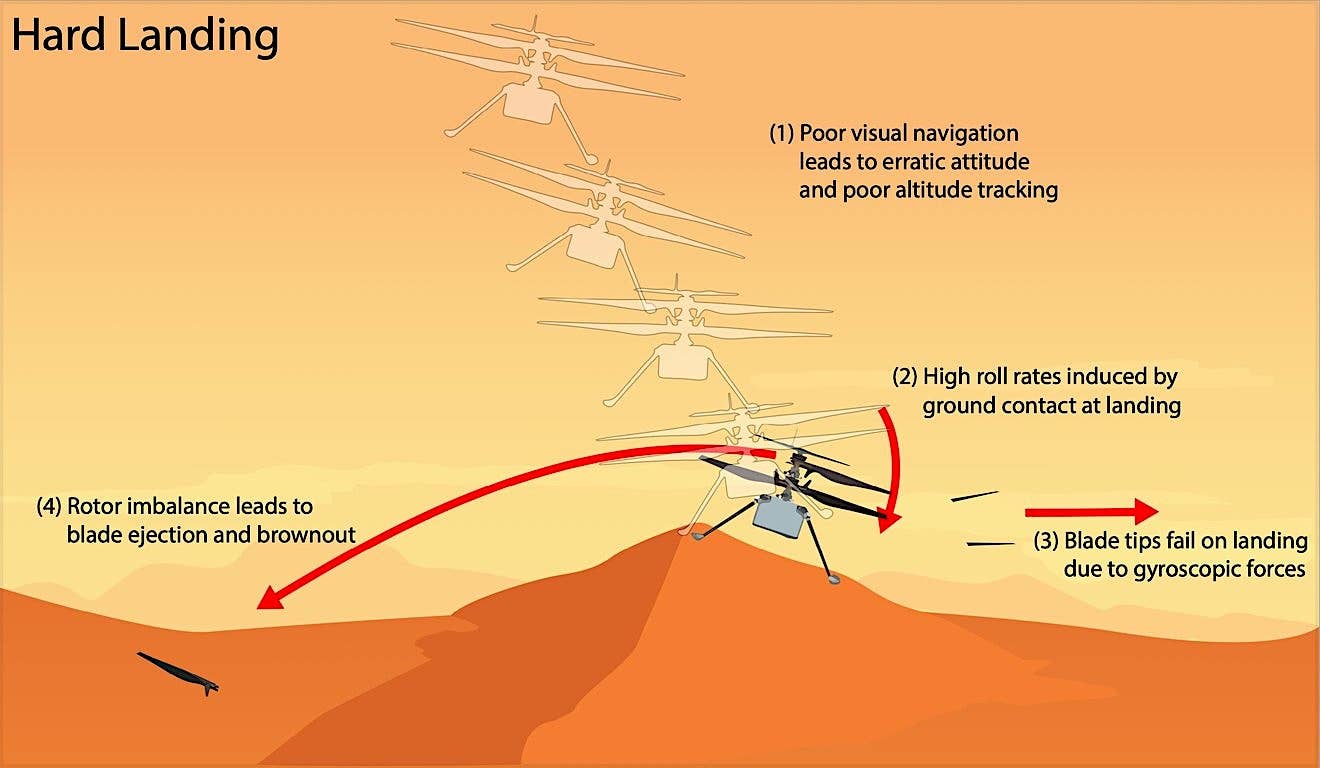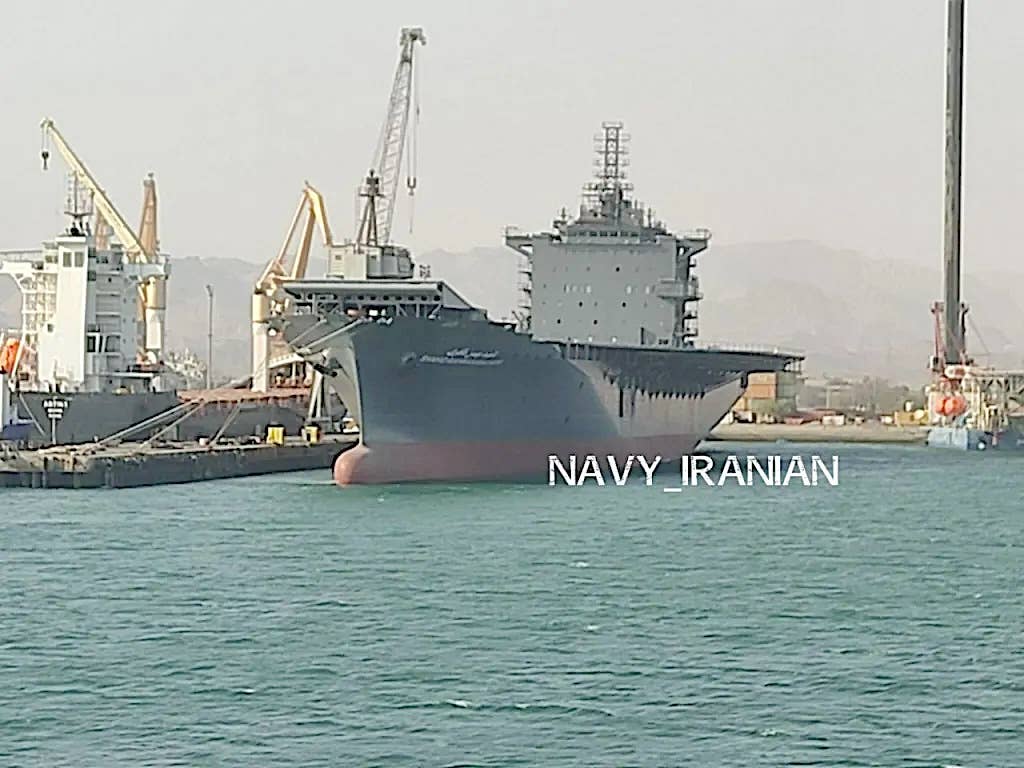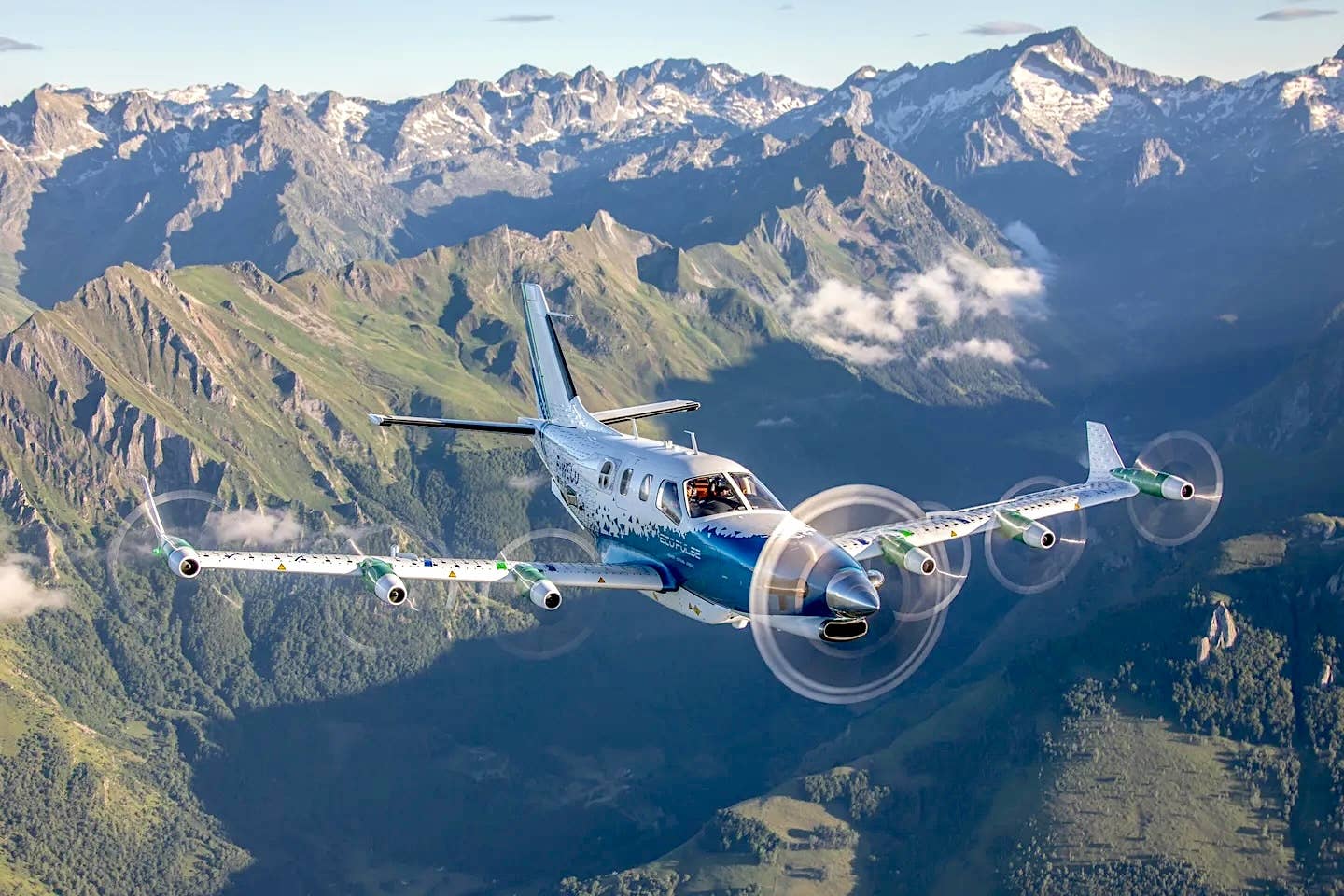EHang Launches Autonomous Firefighter
China-based EHang introduced a version of its EHang 216 autonomous aerial vehicle (AAV) last week designed to operate as an aerial firefighting solution. The company says its 216F AAV is…
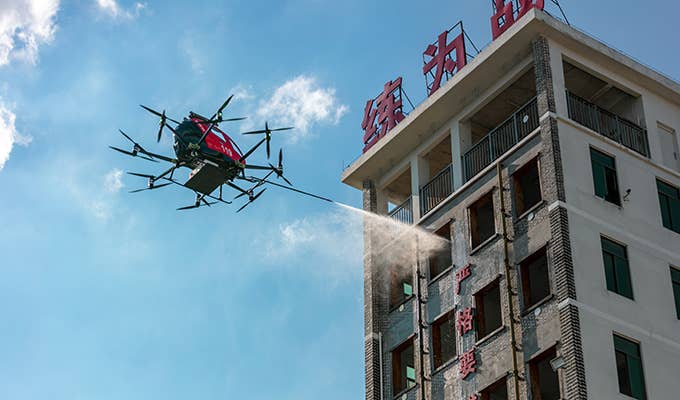
Image: EHang
China-based EHang introduced a version of its EHang 216 autonomous aerial vehicle (AAV) last week designed to operate as an aerial firefighting solution. The company says its 216F AAV is specifically targeted at high-rise firefighting, aiming to address issues such as the insufficient height of fire rescue ladders, reach of fire nozzles and potential for traffic in urban centers to slow response times. According to EHang, its autopilot and centralized management technologies will allow 216Fs to be remotely dispatched in advance of first responders.
“The high-rise fire use case highlights the practical application of our passenger-grade AAV platform to different smart city management needs,” said EHang founder and CEO Huazhi Hu. “The potential of our intelligent AAV technology platform is boundless. We will explore and develop more aerial solutions and use cases to empower smart cities.”
The 216F is capable of carrying up to 150 liters (40 gallons) of firefighting foam and launching six fire extinguisher “bombs” that are guided by a laser aiming device. It has a maximum operating altitude of 600 meters (1,968 feet). As previously reported by AVweb, EHang also conducted several aerial sightseeing trial flights using the EHang 216 AAV last month.

